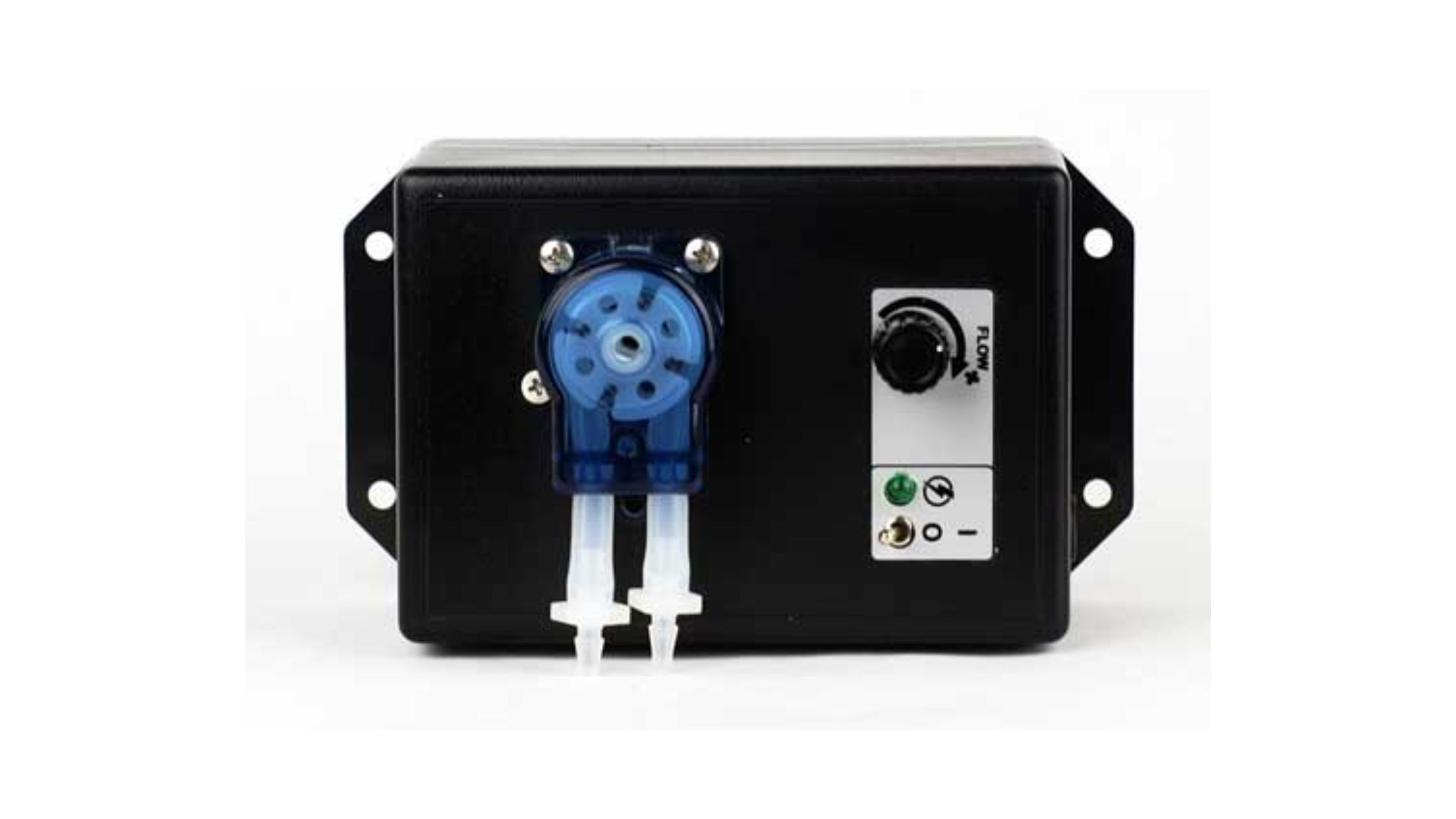Peristaltic Dispensing Pumps: A Simple Guide

Peristaltic dispensing pumps are widely used in many industries, including food, medicine, and manufacturing. These pumps move liquids by squeezing them through a flexible tube, and they do this in a way that helps avoid contamination. This simple guide will explain how these pumps work, their benefits, and why they are often the best choice for precise liquid handling.
What Is a Peristaltic Dispensing Pump?
A peristaltic dispensing pump moves fluids by compressing a flexible tube. This action pushes the liquid through the tube without it touching any moving parts. This is important because it keeps the liquid safe from contamination. The only thing the liquid touches is the inside of the tube, which makes these pumps ideal for clean or sterile environments.
In these pumps, rollers or shoes press on the tubing. These parts squeeze the tube in sequence, forcing the liquid to move forward. Once the roller passes, the tubing returns to its normal shape, allowing more fluid to enter. This system keeps the flow smooth and precise, making it perfect for jobs that need exact amounts of liquid.
How Do Peristaltic Dispensing Pumps Work?
Peristaltic pumps work by using rollers to press on the tubing. As the rollers rotate, they squeeze the tube, moving the fluid along. When the roller passes, the tube relaxes and fills with more liquid. This process continues, which allows for steady fluid flow.
The design of these pumps is simple but effective. The liquid never touches the moving parts of the pump, which reduces the chance of contamination. The pump pushes the liquid forward with each turn, and the amount of liquid dispensed is consistent every time.
Why Are Peristaltic Dispensing Pumps So Useful?
Peristaltic dispensing pumps have many advantages that make them a great choice for many applications. Here are some of the main benefits:
1. Clean and Safe
Since the liquid never touches any moving parts, there is little chance of contamination. This makes peristaltic pumps great for use in clean or sterile environments, such as labs or pharmaceutical facilities.
2. Low Maintenance
Maintaining a peristaltic pump is easy. The main part that needs attention is the tubing. Over time, the tubing can wear out or get damaged, so it needs to be replaced. Changing the tubing is quick and simple, which saves time and effort compared to other pump systems.
3. Works with Many Fluids
Peristaltic pumps can handle all kinds of fluids, including thick, sticky, or even abrasive liquids. They are also good for handling sensitive fluids that might get damaged if exposed to other parts of the pump. This makes them a popular choice in many industries, including food, medicine, and chemicals.
4. Precise Flow Control
One of the biggest benefits of peristaltic pumps is their ability to control the flow of fluid. The pump delivers a fixed amount of liquid each time it runs, which is great for tasks that need accuracy. Whether you need to dose medicine in a lab or add chemicals to a treatment process, these pumps can do it with great precision.
5. No Clogging
Since peristaltic pumps don’t have valves, they are less likely to clog. This is important when working with fluids that may contain particles. You don’t have to worry as much about blockages that can slow down or stop the process.
Common Uses of Peristaltic Dispensing Pumps
These pumps are used in many fields. Some of the most common uses include:
-
Laboratories: In labs, they are used to move chemicals or liquids accurately without contaminating them.
-
Pharmaceuticals: Peristaltic pumps are used to dispense medicine or chemicals with great precision and safety.
-
Food and Beverage: These pumps are used to move ingredients, like syrups or sauces, without touching the food itself.
-
Water Treatment: They are also used to add chemicals like chlorine to water, helping treat it without contamination.
-
Industrial: In factories, peristaltic pumps handle things like adhesives or lubricants that need to be dispensed carefully.
Tips for Getting the Most from Peristaltic Dispensing Pumps
To ensure your pump performs well, follow these simple tips:
1. Pick the Right Tubing
The tubing you choose is important. Make sure it is compatible with the liquid you are using. For example, silicone tubing works well with many types of fluids, but if you’re working with chemicals, you might need a more durable option like Viton.
2. Check the Tubing Regularly
Even though these pumps are low-maintenance, you still need to check the tubing regularly. If the tubing gets worn out or damaged, it needs to be replaced to keep the pump working well. Make this a routine part of your maintenance process.
3. Adjust Flow Rate When Needed
Most peristaltic pumps let you adjust the speed or flow rate. Lower speeds work better with thicker liquids or when accuracy is important. Adjusting the flow can help you get the results you need for your specific application.
Why Peristaltic Dispensing Pumps Are a Great Choice for Accuracy
Peristaltic dispensing pumps are perfect for applications that require precision and cleanliness. They are easy to maintain and can handle a wide range of fluids. These pumps are commonly used in labs, medical facilities, and production lines where accuracy and safety are a top priority.
When you need a pump that can deliver fluid precisely and without contamination, a peristaltic dispensing pump is a solid choice. With their simple design and easy maintenance, they are reliable and cost-effective.
Quick Recap
Peristaltic dispensing pumps are an excellent choice for any industry that needs accurate and clean fluid handling. They are simple to maintain and work well with many types of liquids. APT Instruments offers reliable peristaltic pumps that can meet various needs. Their pumps are known for their durability and precision, making them ideal for many applications. If you need a versatile and efficient pump, consider using a peristaltic air pump or other peristaltic solutions that offer high accuracy and minimal maintenance.
What's Your Reaction?























